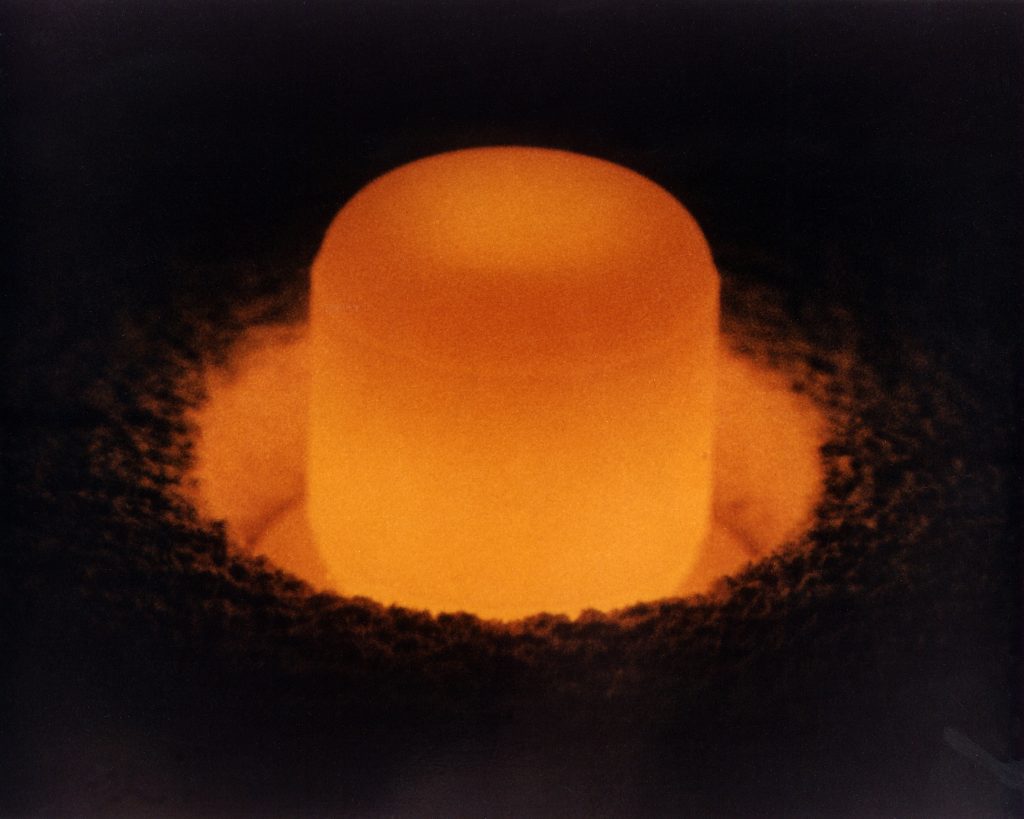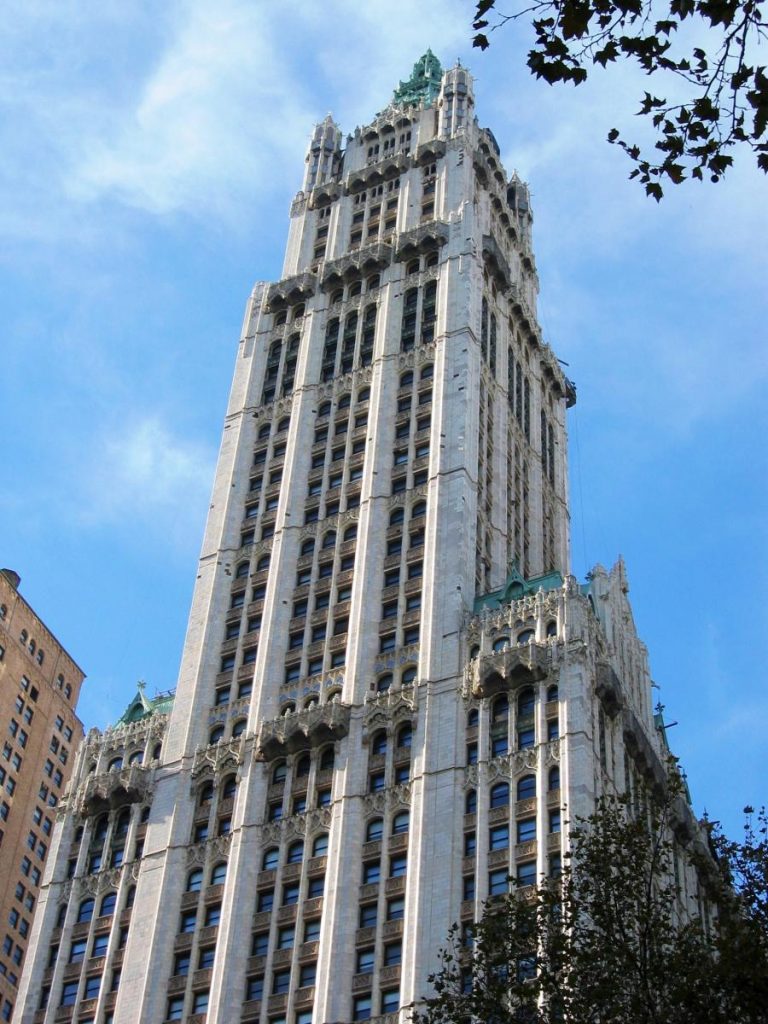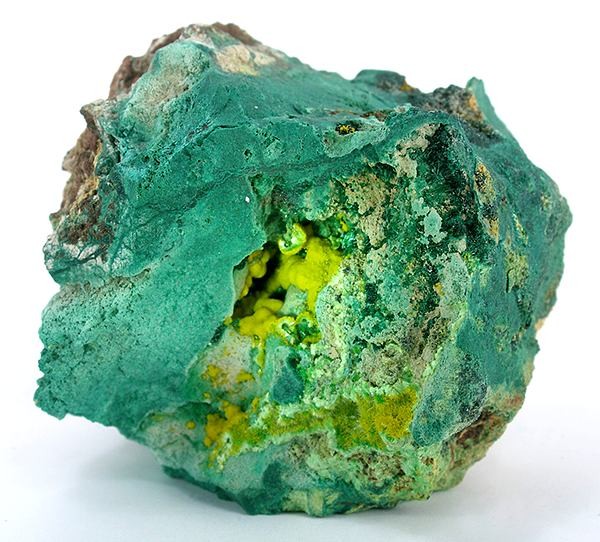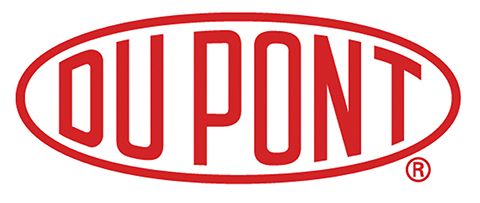Perhaps one of the most intriguing stories to come out of the Manhattan Project was the delicate partnerships formed by the military, the scientific community, and some of America’s foremost corporations.
Often brought in “kicking and screaming”, these companies took on some of the world’s most complex and vast industrial projects. Although most were already heavily weighed down with highly critical war-time contracts, and although many thought what was being asked of them was, in the worst case “impossible” and in the best case a “recipe for failure,” they all rose to the occasion and accomplished the impossible – the delivery of enriched uranium and plutonium of sufficient quantities to construct an atomic weapon.
In addition, American industry was being asked to design and manufacture equipment that went way beyond the tolerances that anyone had previously thought possible. From magnets to vacuum pumps, from welding seams to sterile operating conditions, every new production operation demanded new technology. Thus, many of the production processes that are prevalent today had their origins in the Manhattan Project.
DuPont
After the decision to produce plutonium was made, the government needed to draw upon the talent and resources of corporate America to get the job done. General Leslie Groves was familiar with the E. I. du Pont de Nemours & Company, the major chemical and munitions company founded by Eleuthère Irénée du Pont in 1802. DuPont’s manufacturing history and capabilities were impressive.
In the late 1930s, DuPont made news by introducing nylon, the first synthetic polymer. Nylon dresses, stockings and other goods swept the fashion industry. Behind DuPont’s success was a new technique for continuous operations with the ingredients at one end and the product at the other. The process was revolutionary, a vast improvement over earlier step-by-step approaches. Groves was convinced that DuPont could apply the same ingenuity to the plutonium production process.
Final input for the November meetings of the Military Policy Committee and the S-1 Executive Committee came from DuPont. One of the first things General Leslie Groves did when he took over in September was to begin courting DuPont, hoping that the giant chemical company would undertake construction and operation of the plutonium separation plant to be built in Tennessee, the X-10 Graphite Reactor.

Groves appealed to patriotism, informing the company that the bomb project had high priority with the President and maintaining that a successful effort could affect the outcome of the war. Despite Groves’ urging, it took a call from President Roosevelt to convince DuPont’s president to sign up for this uncertain venture. Most of all, the company did not want to be branded as “war profiteers” as they had been after World War I for producing gunpowder. This time, DuPont insisted that its fee would only be one dollar and all patents would belong to the U.S. government.
DuPont’s managers knew that mass-producing plutonium was to be unlike any challenge they had previously faced. Enrico Fermi’s experimental reactor in Chicago had to be scaled up thousands of times. Many technical questions, from how to cool the reactor to how to safely extract plutonium from the spent fuel rods, remained unanswered. There was no time for rigorous testing or a long-term pilot-scale facility. DuPont engineers had to use their best judgment to choose an approach and make it work.
Not only did DuPont accept the task, but the company is largely credited with successfully orchestrating one of the largest construction projects in world history, certainly of that period.

Kellex Corporation
The Kellex Corporation was a Manhattan Project division of the M. W. Kellogg Company. Kellex was instrumental in designing both a gaseous diffusion barrier and the K-25 Plant.
The M.W. Kellogg Company, headquartered in Jersey City, NJ, specialized in chemical engineering projects, had worked with General Leslie Groves prior to the war on an ordnance plant in Louisiana. In early 1942, before the Manhattan Project’s inception, President Roosevelt had ordered a research push on uranium separation, and the S-1 Committee asked Kellogg and Columbia to ascertain the feasibility of gaseous diffusion. Heading this project was Percival “Dobie” Keith, vice-president of engineering at Kellogg.
The Manhattan Project began in late 1942, and along with it a secrecy project of unprecedented scope. The Kellogg Company was given more responsibility for gaseous diffusion research, as well as more funding and resources. Kellogg became the Kellex Corporation; “X” stood for secret. It moved to the Woolworth Building in downtown Manhattan, and Dobie Keith recruited experts on valves, compressors, seals, and electric power plants to work at Kellex. This diverse array of industrialists and engineers were available and willing because of the war effort; they understood what was at stake.

Gaseous-diffusion uranium enrichment was predicated on the idea that if uranium (in the form of uranium hexafluoride gas) was pumped through a porous barrier, the lighter U-235 molecules would pass through more quickly than heavier U-238 molecules. The theoretical underpinning – gaseous diffusion – was well-established in chemistry. For it to be applicable to uranium, however, required at least three new innovations: an adequate porous barrier, a workable gas pump, and a pipe that could resist the corrosive effects of uranium.
The trickiest of these problems proved to be the barrier: a thin metal membrane with millions of tiny openings. General Leslie Groves was confident that a barrier material would be found, but understood that once it was, implementing it would require a plant of massive proportions. U-235 and U-238 were so similar in mass that passing uranium gas through a single barrier would result in little separation. Significant enrichment would require a “cascade” with thousands of stages, and thus hundreds of miles of pipes.
What kind of building could house hundreds of miles of pipes? Groves ordered Kellex to design and construct the K-25 Plant, which upon construction was the largest factory under one roof in the world. “K” came from “Kellex” while “25” was common shorthand at the time for “U-235”. The plant was one-third complete before Kellex had developed a suitable barrier.
In 1944, at the height of the project, the Kellex Corporation had nearly 3,700 employees. The K-25 plant in Oak Ridge cost $512 million to build, or $6.5 billion today. While their colleagues worked on the barrier, Kellex engineers developed special coatings for the hundreds of miles of pipes and equipment to withstand the corrosive uranium hexafluoride gas that would pass through the plant’s 3,000 repetitive diffusion stages.
Several possibilities for the barrier existed. Researchers at Columbia University, along with Edward Adler and interior decorator Edward Norris, developed a promising nickel barrier in early 1943, which Groves ordered mass-produced at Decatur, IL. In November 1943, however, Kellex incorporated the Norris-Adler design into a superior barrier design. Kellex experimental research head Clarence Johnson was vital in the effort. Though production on the Norris-Adler barrier was underway in Decatur, Kellex asked, and Groves agreed, to strip the Decatur plant and repurpose it for Kellex barrier production.
Mallinckrodt Chemical Works: The Uranium Story
In April 1942, Arthur H. Compton, Dr. Frank Spedding, and Dr. Norman Hilberry of the Chicago Met Lab, showed up at the door of Mallinckrodt Chemical Works to ask Edward Mallinckrodt, Jr., an old friend of Dr. Compton, if the company would be willing to prepare some extremely pure uranium compounds urgently needed for a top-secret project. Thus began a close relationship of Mallinckrodt Chemical with the Manhattan Project, a relationship that extended far past the end of World War II.
For more information, see The Mallinckrodt Chemical Works Story, 1962.
Union Carbide & Carbon
Though now marked by a new office building, the southwest corner of Madison Avenue and 42nd Street was once home to the headquarters of an important Manhattan Project contractor: the Union Carbide and Carbon Corporation. From this building, the company’s leaders directed a diverse group of activities that were crucial to the success of the bomb project.
The Murray Hill Area Engineers Office and the Union Mines Development Corporation were on the 18th floor of the building. Much of Union Carbide’s involvement in the Manhattan Project dealt with the processing and enrichment of uranium, but before that could be done, raw uranium ore was needed. The Union Mines Development Corporation was formed as a subsidiary of Union Carbide to purchase uranium ore from domestic sources. If they had any questions about what was needed, they could simply walk down the hall to the Murray Hill Engineers Office, the Army agency charged with coordinating all uranium procurement for the project.
Union Carbide played an important role in ore procurement, but their largest contribution to the Manhattan Project was operating the gigantic K-25 gaseous diffusion plant in Oak Ridge, Tennessee. The gaseous diffusion process separated the more useful uranium-235 isotope from less useful uranium-238 by forcing both through a barrier material.
Secrecy and security were a top priority at Oak Ridge. Every man, woman and child living or working in the city was required to have an ID badge. By 1945, over 5,000 security guards, military police, and civilian policemen were patrolling Oak Ridge and its borders to ensure that no secrets were leaked. Labor was in short supply during the war, so Union Carbide had to undertake a rather unconventional policy: it hired women! Before the war, women commonly worked as secretaries, nurses, or schoolteachers. Now the K-25 plant employed numerous women, many of them just out of high school or college, to help test and operate the gaseous diffusion equipment.
Edgar Sengier

Edgar Sengier was a Belgian businessman and mining executive, the director of the Société Générale, one of the largest companies in Belgium, and the Union Minière du Haut Katanga, a mining company in the Belgian Congo. Soon after the discovery of the fission of uranium atoms in early 1939, Sengier realized that uranium ore could be a crucial ingredient in making an atomic bomb. Uranium ore from his Shinkolobwe mine was very rich, containing up to 65% uranium. In contrast, Canadian ore contained only 0.02%.
If the uranium ore fell into the wrong hands, the consequences could be disastrous. Alarmed by the Nazi occupation of Belgium, Sengier shipped tremendous quantities of uranium ore across the Atlantic. Nearly 1,250 metric tons of uranium ore in over 2,000 drums—half the uranium stock available in Africa—were shipped and secretly stored in the Archer Daniels Midland Warehouses in Staten Island.
After the start of the war, Sengier moved Union Minière’s worldwide operations to New York. In the spring of 1942, Sengier notified the government that he had a cache of valuable uranium ore stored in New York City. His letters to Thomas K. Finletter, special assistant to the Secretary of State in the Division of Defense Metals, received no response for several months.
Immediately after General Leslie Groves took over the project on September 17, 1942, he ordered Colonel Kenneth D. Nichols to meet with Sengier. Just ten days earlier, Nichols had learned from Finletter that there was a stockpile of uranium already in the United States of unknown quantity and quality. On September 18, Nichols met with Sangier and asked about the uranium, careful to not give away too much information to a foreign national. Sangier did not press for details about the Manhattan project, but already had a good idea of why the military wanted large quantities of uranium. Nichols was shocked to learn that 1250 metric tons were sitting unused in New York. He immediately purchased the entire Staten Island supply for the lowest market price ($1.60 per pound), as well as another 3,000 tons from Union Minière’s mine in the Congo. The large quantities of high-grade uranium was a fortuitous windfall for the Manhattan Project.
From 1944-1946, the UK-US joint Combined Development Trust (chaired by General Groves) purchased thousands more tons of uranium oxide ore. Much of this came from Sengier, who reopened Union Minière’s Congolese mine. In 1946, General Groves presented Sengier the Medal for Merit for his contribution to the war effort. He was the first non-American civilian to receive this distinction. The citation simply reads for “services in supplying material,” as there were still many restrictions on what information could be released.





